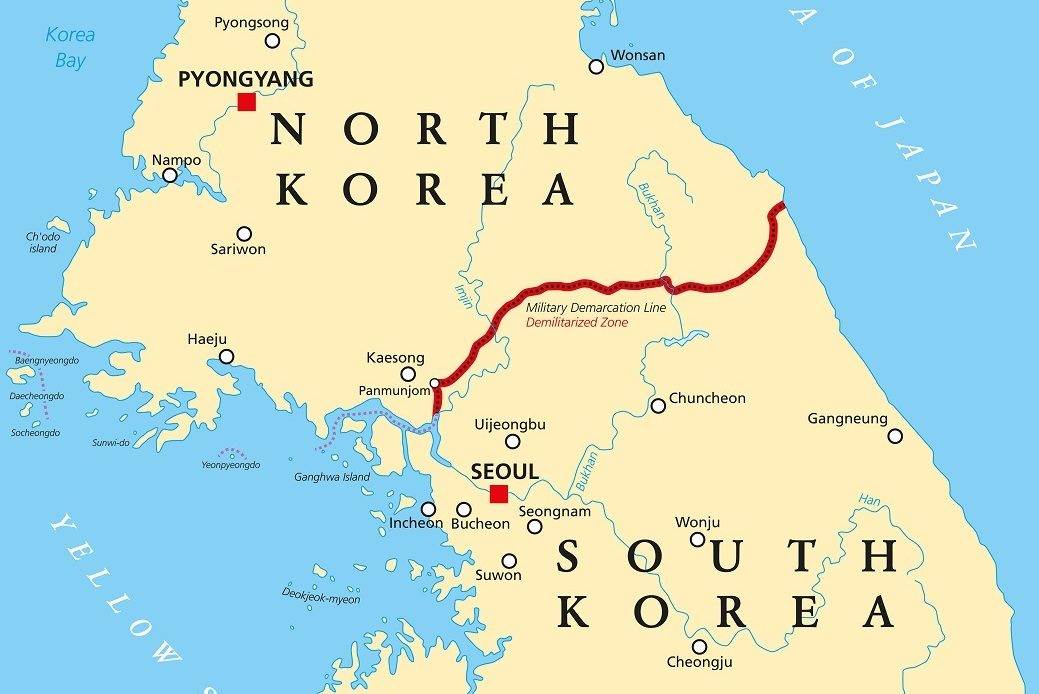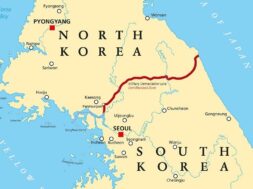
Roving Periscope: “Evacuate”, S. Korea’s alarm as North fires 17 missiles closely
Virendra Pandit
New Delhi: Amid its ongoing military drill with the US, South Korea on Wednesday sounded an alarm of “evacuation” after the North fired several ballistic missiles provoking Seoul also to fire three air-to-ground missiles into the sea towards the north of the boundary that divided peninsular Korea into two nations over seven decades ago.
North Korea fired at least 17 missiles on Wednesday, including one that landed close to South Korea’s waters in what President Yoon Suk-yeol said was “effectively a territorial invasion,” the media reported.
Pyongyang also fired an artillery barrage into a maritime “buffer zone”, in what experts said was part of an “aggressive and threatening” response by North Korea to the large-scale joint air drills the United States and South Korea are currently conducting.
One short-range ballistic missile crossed the Northern Limit Line, the de facto maritime border, prompting a rare Seoul warning for residents on the island of Ulleungdo to evacuate and seek shelter in bunkers.
In Seoul, the army said it was the “first time since the peninsula was divided” at the end of Korean War hostilities in 1953 that a North Korean missile had landed so close to the South’s territorial waters.
“President Yoon pointed out today that North Korea’s provocation is an effective territorial invasion by a missile,” his office said in a statement.
One missile landed in waters just 57 kilometers (35 miles) east of the mainland, the military said, adding it was a “very rare and intolerable” incident.
Pyongyang fired seven short-range ballistic missiles and 10 other missiles, Seoul said.
North Korea also conducted an artillery barrage, firing into a maritime “buffer zone”, which was set up in 2018 to reduce tensions between the two neighbors.
The huge volley of launches could trigger the North’s seventh nuclear test, Go Myong-hyun, a researcher at the Asian Institute for Policy Studies, said.
South Korea said it had also fired three air-to-ground missiles into the sea towards the north of the two countries’ maritime boundary.
President Yoon called a meeting of the National Security Council, ordering “swift and stern measures so that North Korea’s provocations pay a clear price.”
Seoul closed some air routes over the East Sea (the Sea of Japan), advising local airlines to detour to “ensure passenger safety in the routes to the United States and Japan.”
Pyongyang’s latest multiple missile launches came as Seoul and Washington staged their largest-ever joint air drills, known as “Vigilant Storm,” involving hundreds of warplanes from both sides. North Korea said the drills were aggressive and provocative, harking back to “Operation Desert Storm,” the US-led military assault on Iraq in 1990-1991 after it invaded Kuwait.
A senior military official in Pyongyang said if the US and South Korea tried to use armed forces against the Democratic People’s Republic of Korea, it would respond promptly.
“The US and South Korea will have to face a terrible case and pay the most horrible price in history.”
In March 2010, a North Korean submarine torpedoed the South Korean naval vessel Cheonan, killing 46 sailors, including 16 who were on their mandatory military service. In November of the same year, the North shelled a South Korean border island, killing two marines — both of them young conscripts.
The Vigilant Storm air drills were preceded by 12 days of amphibious naval exercises.













